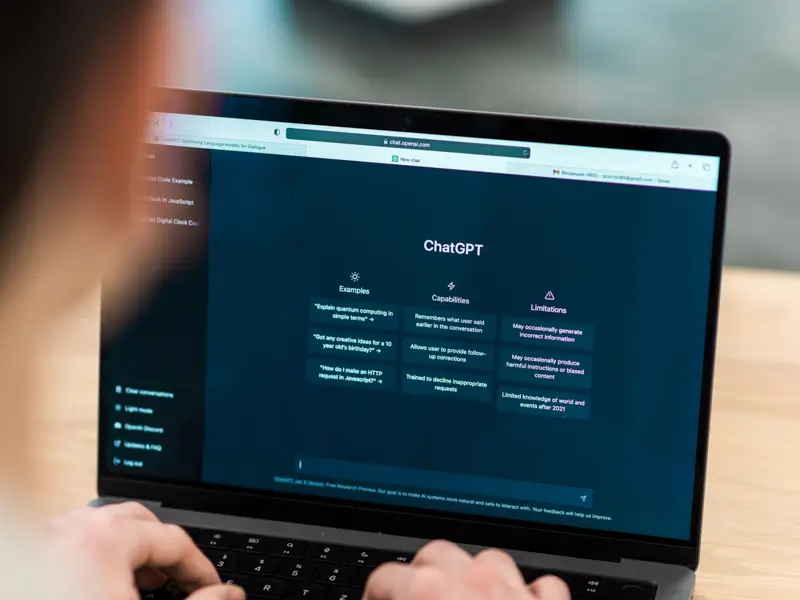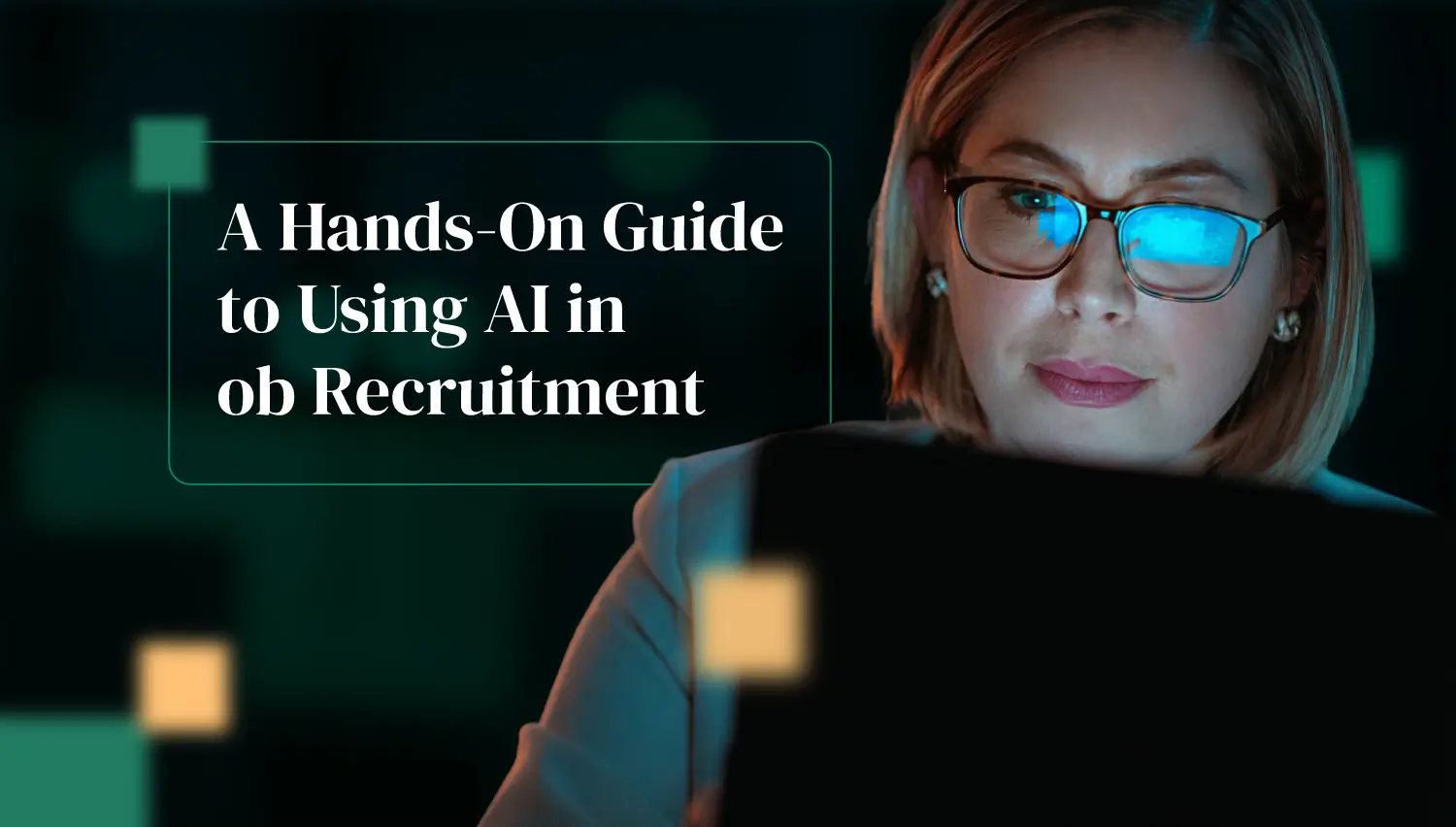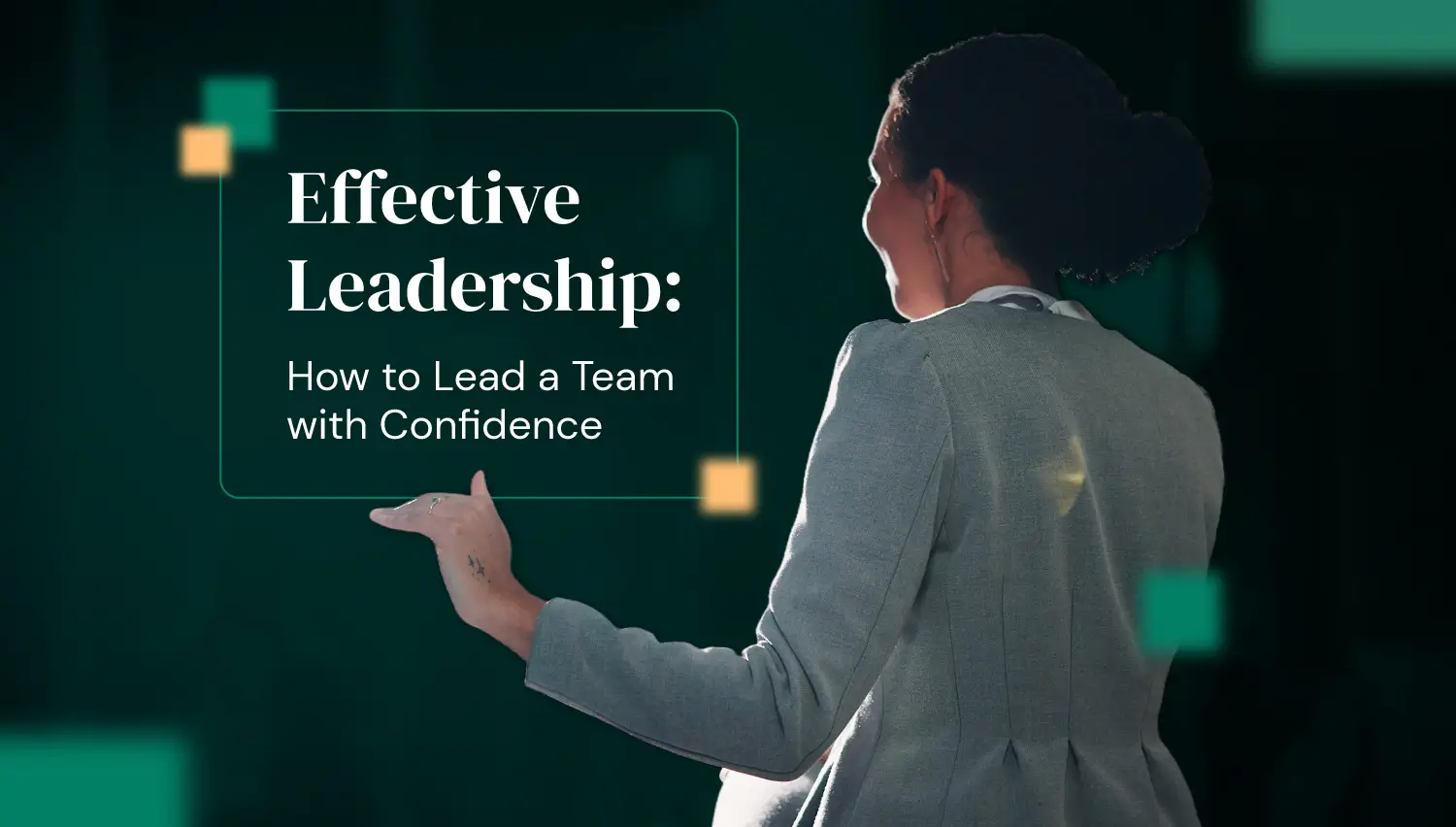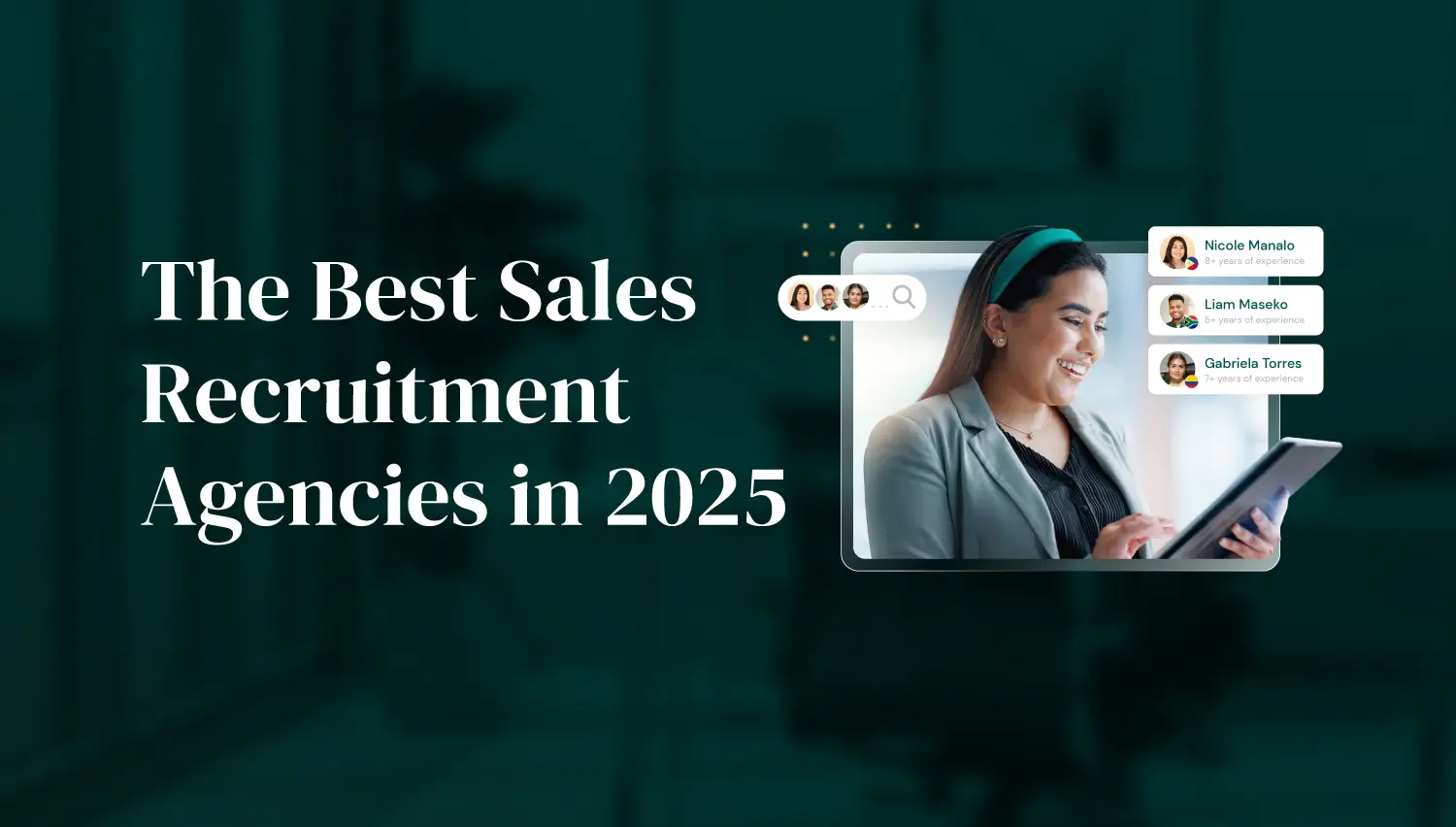A few months ago, I came across a hiring team at a mid-sized tech company grappling with a familiar challenge. They'd opened several new roles and were quickly flooded with hundreds of applications. It was far more than their lean recruiting team could review thoroughly. The concern was clear: "We might be overlooking great candidates simply because we don't have the capacity to give every resume a fair look."
That scenario is becoming more common as hiring grows more complex. Candidate pools are larger, job requirements are evolving quickly, and teams are under pressure to make faster, better hiring decisions. Traditional recruitment methods, manual resume reviews, time-consuming interviews, and gut-feel decisions just can't keep up with the demands of modern hiring.
That's why more hiring teams are turning to technology to help manage the load. Among the many tools available, one stands out for its potential to transform how we find and evaluate talent: artificial intelligence.
In this article, I'm going to share how to use AI for job recruitment in clear, practical terms. We'll look at immediate improvements you can implement, longer-term strategies for greater impact, and pitfalls you'll want to avoid. If you're wondering how AI might fit into your hiring playbook, you're in the right place.
Why AI Is Reshaping Recruitment in 2025
The conversation about AI in hiring used to be hypothetical. Not anymore. By now, AI has firmly shifted from an emerging trend to a practical necessity for many recruitment teams.
Several forces are driving this change:
First, hiring volumes have ballooned in many industries. Even mid-sized companies can receive hundreds of applications per role, making it nearly impossible for human recruiters to manually review every candidate without sacrificing speed or quality.
Second, competition for talent remains fierce. Employers want to move quickly, identify strong matches, and provide a positive candidate experience, all while working with leaner teams and tighter budgets.
Third, AI tools have matured rapidly. What used to be experimental software is now far more reliable, user-friendly, and integrated into everyday hiring workflows. Tools powered by machine learning and natural language processing can scan resumes for specific skills, assess candidate fit based on job requirements, and even detect signals about a candidate's potential performance or retention likelihood.
But perhaps the biggest reason AI is reshaping recruitment in 2025 is that the stakes have never been higher. A single bad hire can cost thousands (or even millions) once you account for lost productivity, rehiring expenses, and team morale. Companies are increasingly willing to invest in technology that helps reduce that risk.
From my own work, I've seen teams go from overwhelmed and reactive to proactive and confident by adopting AI tools that handle routine screening, streamline scheduling, and surface insights recruiters would otherwise miss. It's about freeing recruiters to spend more time on the human side of hiring, where judgment, empathy, and relationship-building matter most.
Managing Expectations with AI in Recruitment
It's easy to assume that plugging AI into your hiring process will instantly solve your challenges. But the reality is more nuanced, and getting it right takes intention.
Not long ago, I was working with a client (a growing SaaS company) who believed AI could help them speed up their hiring process. They'd been losing candidates to competitors because their traditional workflows were too slow.
At first, they were excited about AI tools that could automatically screen resumes and rank applicants. But problems surfaced quickly. The initial rollout flagged plenty of candidates, but the team realized the system was disproportionately screening out people with non-traditional backgrounds, even when those candidates had strong skills.
The root cause turned out to be training data. The AI model was learning from the company's own past hiring patterns, which leaned heavily toward candidates from certain schools and industries. Without realizing it, they'd baked their old biases into the new system.
We stepped back, retrained the tool using more diverse data, and set up human review checkpoints for critical decisions. Today, they're using AI to handle initial screenings and automate scheduling, while recruiters spend time connecting with high-potential candidates who might otherwise have slipped through the cracks.
The lesson: AI can be transformative, but only if it's thoughtfully integrated and monitored. When used well, it's a powerful partner for recruiters. And that's where the real opportunity lies.
Let's look at some quick wins you can implement right away to start getting those benefits, without falling into the same pitfalls.

Quick Wins: How AI Can Immediately Improve Hiring
When hiring teams first explore AI, they often picture massive, complex systems requiring months to implement. But you don't have to overhaul your entire recruiting operation to start seeing benefits. There are several focused ways to deploy AI right now that can save time, reduce errors, and help you identify stronger candidates faster.
Speed Up Resume Screening
AI tools can quickly scan hundreds of resumes and identify candidates whose skills and experiences align with your job requirements. Instead of manually reviewing every application, recruiters can start with a shortlist, freeing up hours for higher-value tasks like interviews and relationship-building.
A well-tuned AI system can also highlight non-obvious candidates, people who may not check every traditional box but possess transferable skills worth considering. That alone can widen your talent pool and help you spot hidden gems.
Automate Interview Scheduling
Few parts of recruiting are as time-consuming (and surprisingly frustrating) as coordinating interviews. AI scheduling tools connect directly to calendars and offer candidates time slots automatically, removing endless back-and-forth emails. It's a small change that often has a big impact on both speed and candidate satisfaction.
Enhance Candidate Communication
AI-powered chatbots or virtual assistants can handle routine candidate questions, provide updates on application status, and even guide candidates through basic assessments. This keeps candidates engaged and informed, reducing the chances they'll drop out of your hiring funnel because they feel ignored.
Surface Key Insights from Candidate Data
Modern AI tools can analyze trends in your candidate pipeline, showing you where bottlenecks occur or which roles attract stronger applicants. These insights help you adjust your strategy proactively rather than simply reacting to problems after the fact.
Strategic Applications: Leveraging AI for Long-Term Recruitment Success
Quick wins with AI can make a real difference in your day-to-day hiring workflow, but the biggest value comes when you look beyond immediate fixes and start thinking strategically.
Used thoughtfully, AI can help you anticipate future hiring needs, improve the quality of your hires, and build a more resilient recruitment process. It's about shifting from reactive hiring to proactive talent planning.
Moving on, we'll explore how companies are using AI to predict talent trends, reduce bias in decision-making, and integrate intelligent tools seamlessly into their broader HR systems. These are the moves that turn AI from a nice-to-have tool into a genuine competitive advantage.
Let's start with one of the most impactful uses of AI: predictive analytics for talent acquisition.
Predictive Analytics for Talent Acquisition
AI isn't just about speeding up tasks: it's also about helping you see around corners. Predictive analytics uses historical data and patterns to forecast what your hiring needs will look like, who might be a strong long-term fit, and where risks could emerge.
Here's how teams are using it today:
1. Forecasting future hiring needs
Instead of relying purely on gut instinct or static headcount plans, AI-driven models can analyze business growth, turnover patterns, and even external market signals to predict where you'll need talent next. For example, if certain roles tend to have high attrition after product launches, predictive analytics can flag that risk so you're prepared to fill gaps proactively.
This helps avoid last-minute scrambles and ensures your talent pipeline stays aligned with business goals.
2. Identifying high-potential candidates
Predictive tools can sift through candidate profiles, past performance data (where available), and patterns from successful hires to highlight applicants who may excel in a particular role, even if their resumes don't scream "obvious choice."
It's not a guarantee, but it's a powerful supplement to human judgment. Companies using these tools often discover strong candidates they might have otherwise overlooked.
3. Reducing time-to-hire through data insights
Predictive analytics can reveal bottlenecks in your hiring process. For example, you might discover that certain interview stages consistently add unnecessary days to your timeline. Or you may learn that particular assessment methods correlate with faster, higher-quality hiring decisions.
Armed with these insights, you can fine-tune your process for both speed and quality, helping you secure top talent before competitors do.
Reducing Bias and Promoting Diversity
One of the biggest promises (and challenges) of AI in recruitment is its potential to reduce bias and help companies build more diverse teams. But that outcome isn't automatic. It requires intentional design and vigilant oversight.
AI systems learn from historical data. If that data reflects biased hiring patterns, favoring certain schools, backgrounds, or demographics, the AI can end up perpetuating those same biases, sometimes in subtle ways.
For example, an AI trained on past hiring decisions might systematically undervalue candidates from non-traditional career paths simply because those profiles were underrepresented in historical hires. Left unchecked, the tool can reinforce exactly the kinds of inequities companies are trying to solve.
Forward-thinking organizations are tackling this head-on. They're working with vendors who:
- Provide transparency into how algorithms make decisions
- Allow recruiters to review and adjust AI outputs
- Continuously test for disparate impact across demographic groups
Some tools are now designed to actively neutralize certain bias signals, for instance, by ignoring personal identifiers like names or graduation dates during screening. Others offer explainable AI features so hiring teams can see why a candidate was recommended or rejected.
However, we have to keep in mind that technology alone can't solve bias. The best results happen when AI works alongside trained recruiters who can spot potential blind spots, question recommendations, and ensure fairness stays front and center.
Used wisely, AI can help widen your talent pool and bring attention to great candidates who might otherwise be overlooked. But it requires a clear commitment to monitoring and improvement, not blind trust.
Integrating AI with Existing HR Systems
One reason some teams hesitate to adopt AI is the fear of creating yet another disconnected tool. Nobody wants a flashy new platform that sits in a corner, generating insights nobody uses. The real power of AI comes when it integrates seamlessly into the systems you already rely on every day.
1. Working with your ATS and HRIS
Most modern AI recruitment tools are designed to plug into applicant tracking systems (ATS) or broader human resources information systems (HRIS). This integration allows AI to:
- Access your job descriptions and historical hiring data
- Analyze candidate pipelines in real time
- Feed insights directly into recruiter workflows
Instead of toggling between multiple dashboards, recruiters can see AI recommendations right where they're already reviewing resumes, managing interview stages, or communicating with candidates.
2. Streamlining workflows, not replacing them
Integration also ensures that AI enhances your existing processes rather than forcing you to invent entirely new ones. For instance:
- AI can auto-score incoming resumes and rank candidates in your ATS queue.
- Chatbots can sync conversations back into candidate records.
- Predictive analytics can surface insights on hiring timelines directly in the tools your team uses every day.
This makes adoption smoother and increases the likelihood that your team will actually use the technology.
3. Planning for change management
Even the best integrations require planning. Teams should:
- Train recruiters on how to interpret AI insights
- Establish guidelines for when human review is necessary
- Keep a close eye on data privacy and compliance requirements
Organizations that invest in proper change management tend to see higher adoption rates and better ROI from their AI investments.

Best Practices for Implementing AI in Recruitment
AI can transform your hiring process, but only if it's implemented thoughtfully. Companies that rush adoption without planning often find themselves frustrated by poor results or unintended consequences. Here are some best practices to help you integrate AI smoothly and successfully.
Select Tools That Match Your Specific Needs
Not every AI tool is right for every organization. Before investing, ask:
- What problems are we trying to solve?
- Which tasks take up the most recruiter time?
- Do we need quick wins or deeper strategic insights?
Look for vendors who understand the recruiting space, provide clear explanations of how their tools work, and can demonstrate ROI in similar environments. Avoid shiny objects that promise everything but deliver little substance.
Ensure Transparency and Explainability
One of the biggest risks with AI is making decisions you can't explain. Choose tools that:
- Offer visibility into how candidates are scored or ranked
- Allow you to audit and adjust AI recommendations
- Provide clear reports on performance and outcomes
This transparency is critical both for building trust internally and for ensuring compliance with regulations that may require explainable hiring practices.
Invest in Training and Change Management
AI tools can be powerful, but only if your team knows how to use them. Invest time in:
- Training recruiters to interpret AI insights rather than accept them blindly
- Setting clear policies about when human review is required
- Communicating the purpose of AI so employees and candidates understand it's there to enhance, not replace, human decision-making
Teams that skip this step often end up underutilizing their tools or encountering resistance from staff who feel threatened or overwhelmed.
Monitor and Refine Continuously
AI is not a set-it-and-forget-it solution. Regularly evaluate:
- Whether the tool is delivering accurate results
- Any signs of bias creeping into recommendations
- User feedback on how the tool fits into workflows
Even small tweaks, like adjusting scoring thresholds or retraining models with fresh data, can make a significant difference in results.
Partnering for Smarter Hiring
If there's one clear takeaway from exploring AI in recruitment, it's this: technology is powerful, but it's not a silver bullet. The real magic happens when AI works hand-in-hand with human expertise to create a hiring process that's faster, fairer, and more effective.
At Somewhere, we specialize in helping companies integrate AI tools into their recruitment strategies in a way that fits their unique culture, goals, and challenges. Whether you're looking to automate initial screenings, improve candidate experience, or leverage predictive analytics for smarter workforce planning, we can help you navigate the technology and avoid the common pitfalls.
If you're curious how AI could transform your hiring without losing the human touch that makes your company special, reach out to us. Fill out the contact form below, and let's explore how Somewhere can help you build a hiring process that's ready for what comes next.









.webp)




